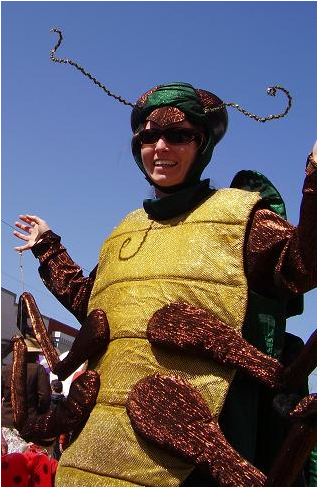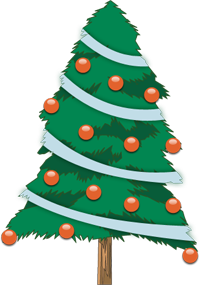Dear Don’t Move Firewood,
I would like to bring some hickory wood chips (from a tree on my property in Virginia) to Colorado for my son to use for smoking meat. I don’t want to move any infestation to Colorado, but hickory does not seem to be on any Virginia or Colorado site as a problem tree and as these are just chips, so would it be okay to transfer them to him? (ed. note: lightly edited for clarity)
Yours,
Virginia Resident
Dear Virginia Resident,
At first glance, bringing hickory chips from Virginia to Colorado seems like it might be OK- but it is actually in violation of the North American Spongy Moth quarantine. Because spongy moth egg sacs are commonly laid on all sorts of trees in Virginia (including hickory trees), and because the egg sacs are pretty small and could easily pass undamaged through a chipper, you can’t bring hickory chips from your tree in Virginia to your son’s place in Colorado.
Here’s a complete explanation provided by John Kaltenbach with the Colorado Department of Agriculture:
“This is actually a very good example of a risk that is not so obvious. We do not have Hickory in Colorado, but we also do not have spongy moth. There is a federal quarantine for the European spongy moth (Lymantria dispar) that includes most of Virginia (see map). Anything that the spongy moth can lay eggs upon is subject to the USDA spongy moth quarantine and is not to be moved without treatment. Hickory is a host tree for spongy moth, so that increases the possibility that spongy moth egg masses could be laid on the hickory tree being cut down. One spongy moth egg mass may have up to 500 eggs and some will survive chipping.
While this may seem like an unlikely transfer of pests, that is how many of them have traveled across the country. Twenty years ago Colorado had two separate infestations of spongy moth that were successfully eradicated. We do not want to spend the time and effort eradicating this pest again.”
Here are some good resources:





.jpg)
